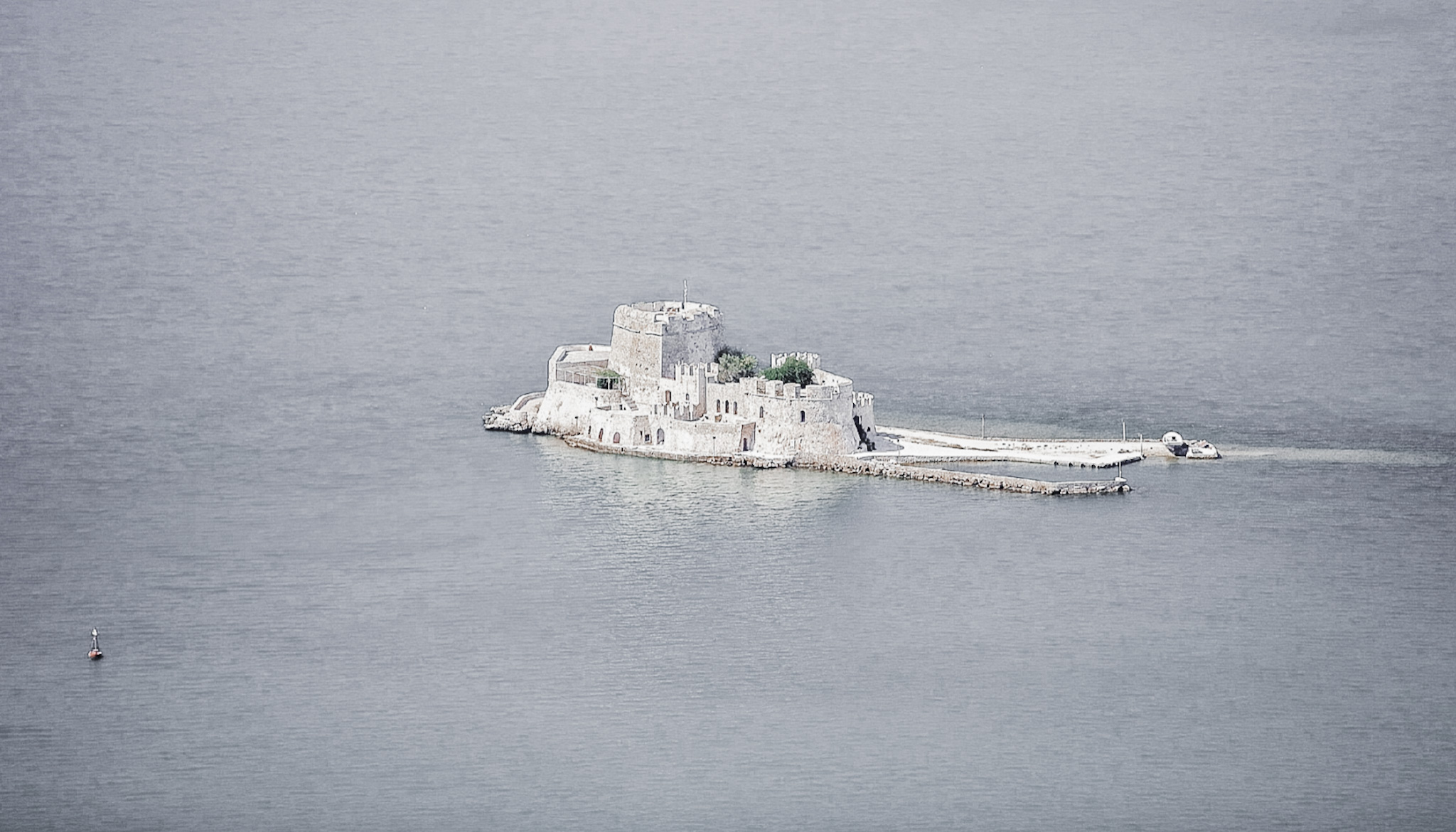When you think of castles, do you think of Greece? Most conjure images of Germany, Spain, Austria, France, Wales, or Scotland (and probably Disney).
Greece estimates there are over twelve hundred castles on its mainland and islands—there are so many that Greece doesn’t even offer a complete count!
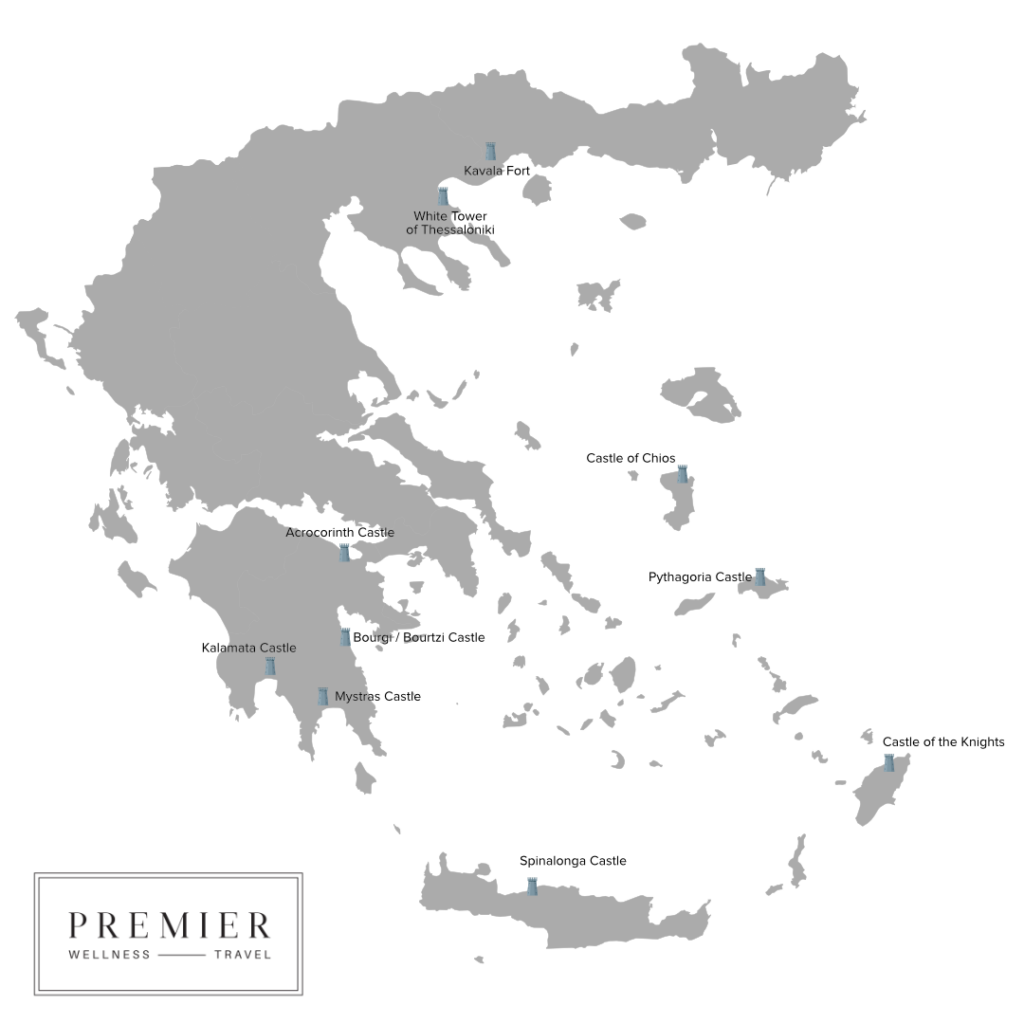
Many cultures have left their mark on Greece. Over millennia, numerous conquerors came and stayed, and each wave of conquest resulted in fortresses, towers, walled cities, and castles. Ancient Greece, the Byzantine Empire, Francs, Venetians, Genoans, Catalans, and the Ottomans all left remnants. These historic buildings are, for the most part, in excellent shape.
Greece sat at the crossroads, so these fascinating citadels embody distinct architectural styles and diverse cultural histories that formulate Greek identity today. This journey through the rich history and architecture of Greece’s fortress cities and castles taught me a lot. And honestly, this sample was hard to curate.
Visit Greece and see these magical places linked to old legends and tales that locals tell best.
1 || Acrocorinth | Corinth

Acrocorinth features a Temple of Aphrodite, a mosque, a church, and a remarkable fountain. A historical fortress located on a hill overlooking the city of Corinth in southern Greece, Acrocorinth provides insights into the region’s history and strategic importance over centuries. The Byzantines, the Ottomans, and the Venetians all inhabited this castle and left their mark. As a result, it’s a famous filming location for producers and filmmakers.
Acrocorinth offers stunning panoramic views of the surrounding area, including the city of Corinth, the Gulf of Corinth, and the mountains in the distance. Visitors can climb to the fortress’s highest point for even better views.
2 || Bourgi Castle | Nafplio
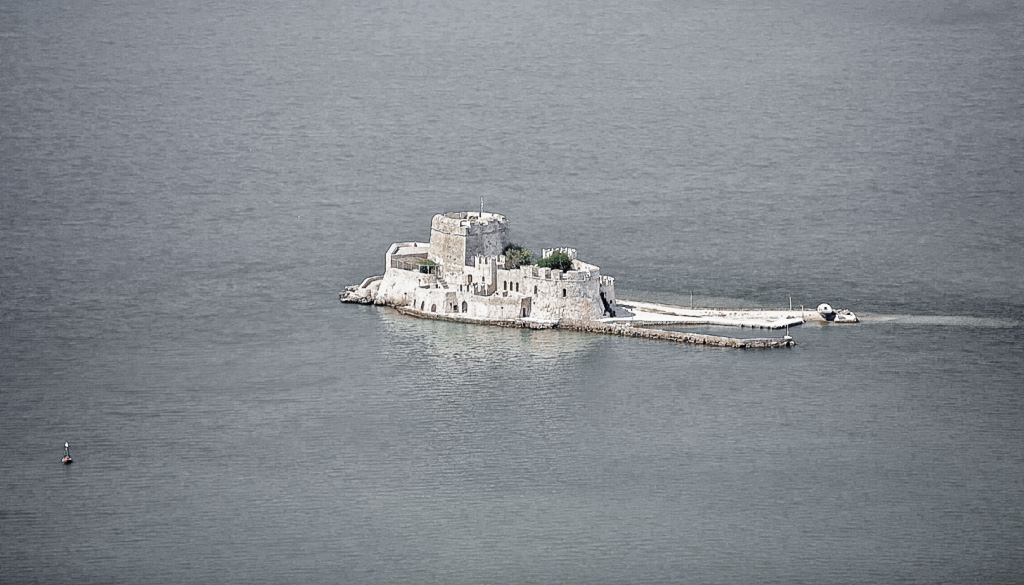
Bourgi Castle, also known as Bourtzi Castle, is a small fortress located on an islet in the harbor of Nafplio, a city in the Peloponnese region of Greece. The Venetians built the castle in 1471 as part of a network of fortifications designed to protect the town of Nafplio and its harbor from pirate attacks. The Venetians built the castle on a small islet in the middle of the port, using local limestone and marble. Designed as a circular tower with a diameter of about 20 meters, the castle’s walls are 3-4 meters thick. In 1715, the Ottomans conquered the Venetian Republic and took control of Nafplio and its castle. The Ottomans used the castle as a prison and as a place of execution for political prisoners and rebels. They also used it as a lookout tower and a base for naval operations in the Aegean Sea.
But the fascinating aspect of Bourgi Castle’s history occurred during the Greek War of Independence from 1821 to 1832. In 1822, the Greeks attacked the castle and captured it after a two-month siege. The Greek forces used the castle as a base for their naval operations and a prison for Ottoman prisoners. Then, in 1827, the Ottoman forces recaptured the castle after a bloody battle that resulted in the deaths of many Greek fighters.
Since Greece gained independence from the Ottoman Empire in 1832, Bourgi Castle has served as a military installation, a customs office, and a tourist attraction. Today, the castle is open to visitors and is a popular attraction in Nafplio, offering spectacular views of the city and the surrounding area.
3 || Chios Castle | Chios Island
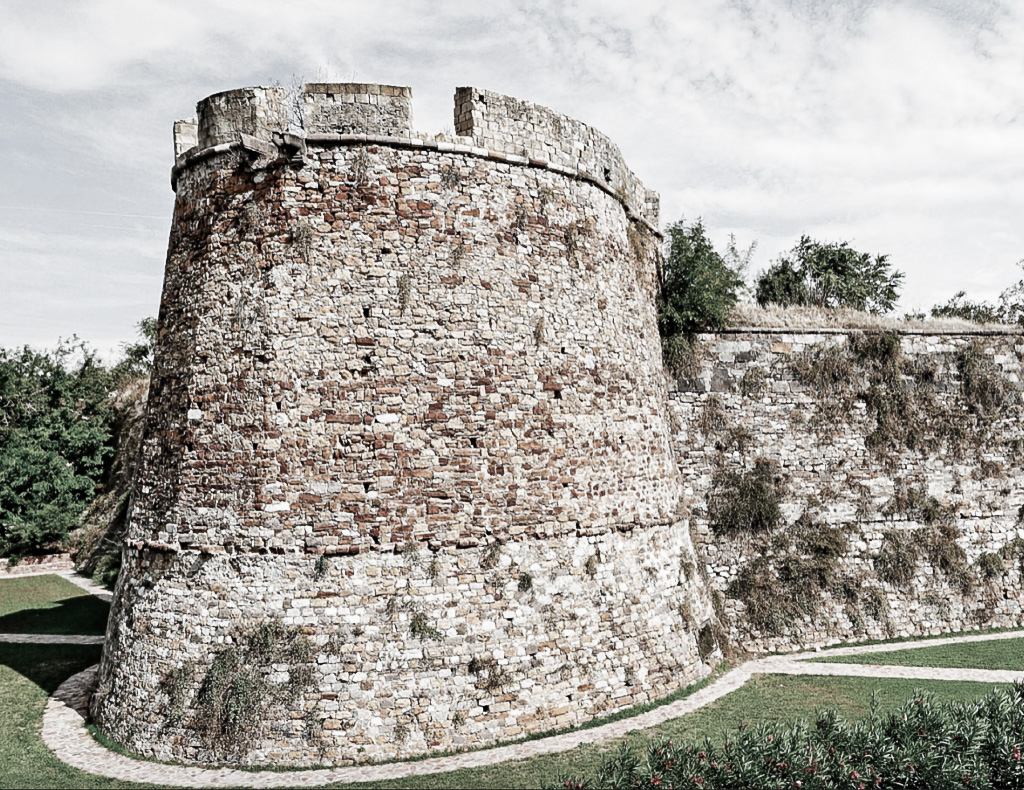
Chios Castle, also known as the Castle of Chios, is a medieval fortress on the Greek island of Chios in the Aegean Sea. Byzantine emperor Justinian II built Chios Castle as part of a series of fortifications to protect the eastern borders of the Byzantine Empire. Built on the site of an earlier fortress on a hill, the castle overlooks the town and the sea. Chios was an important center of commerce and culture during this period, with a thriving silk industry and a large Christian population.
In the 14th century, the Genoese took control of the castle. The Genoese significantly renovated the fortress, adding new walls, towers, and gates. They also built new houses and churches within the castle walls, creating a thriving community. During this period, Chios evolved into an important center of trade and culture, with a diverse population of Genoese, Greeks, Jews, and Armenians.
In the 16th century, the Ottomans renovated the castle, adding new barracks and mosques. However, several uprisings and conflicts between the Ottomans and the local population caused conflict during this period.
The castle was damaged during the 1881 earthquake, and the people of Chios abandoned it. Later in the 20th century, the Chios restored and renovated it, and today, it is a popular tourist attraction and a symbol of the island’s rich history and cultural heritage. Visitors can explore the castle’s walls, towers, and gates, as well as the various churches, houses, and other structures still within its walls.
Chios Castle is a must-visit attraction for anyone interested in the history and culture of the Aegean region.
4 || Castle of the Knights | Rhodes
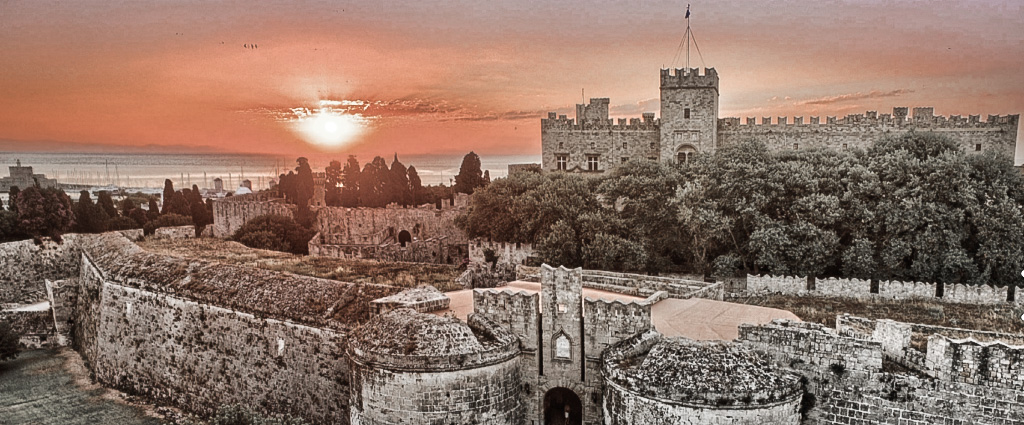
The Castle of the Knights, also known as the Palace of the Grand Master of the Knights of Rhodes, is a medieval castle located on the Greek island of Rhodes. Built in the 14th century by the Knights Hospitaller, a medieval Christian military order, this castle was their headquarters during their occupation of Rhodes.
The Castle of the Knights is one of Rhodes’s most important historical landmarks and a UNESCO World Heritage site. Its walls are made of limestone blocks and can be up to 12 meters thick in some places. The castle’s interior embodies Gothic and Renaissance-style architecture, including a grand entrance hall with a vaulted ceiling and a marble staircase. Visitors can climb up to the castle’s towers for stunning views of the city of Rhodes, the harbor, and the surrounding Aegean Sea.
Over the centuries, the castle served as a palace, a prison, and a museum. The castle museum features exhibits on the history and culture of Rhodes and artifacts from the Knights Hospitaller period. Visitors can explore the castle’s courtyards, towers, and interior rooms, including the throne room, the banquet hall, and the armory.
5 || Kalamata Castle | Messimia
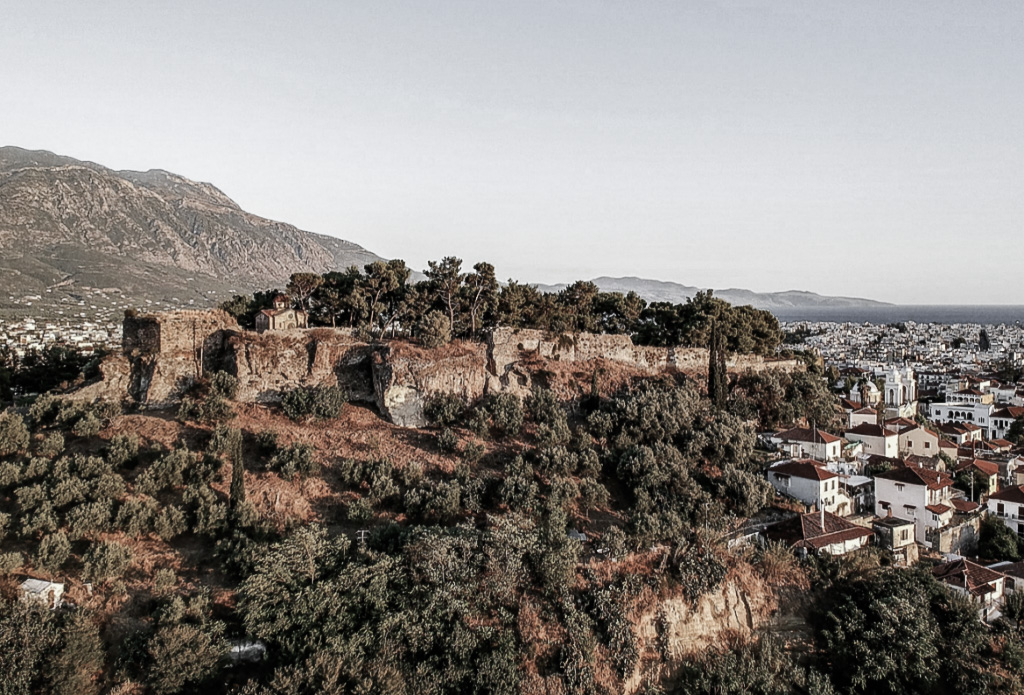
Kalamata Castle’s architecture and design are impressive, particularly the additions the Franks made to the fortress during the Middle Ages. The site where Kalamata Castle now stands has been inhabited since ancient times, but the fort itself was built in the Byzantine era, between the 6th and 13th centuries. The castle served as a defensive stronghold for the Byzantine Empire against attacks from various invaders, including the Goths, Slavs, and Normans.
You can see the distinctive features of Frankish fortifications, such as the use of pointed arches and the integration of a church and palace within the castle walls.
Situated on a hill overlooking the city of Kalamata and the surrounding landscape, Kalamata Castle offers breathtaking panoramic views from the top of the castle walls. On a clear day, you can see all the way to the sea and the Taygetos Mountains.
Kalamata Castle is now a cultural center that hosts exhibitions, concerts, and other events throughout the year. If you visit the castle during one of these events, you can experience the vibrant cultural scene of the region and learn more about its contemporary artistic and cultural traditions.
6 || Kavala Castle | Kavala
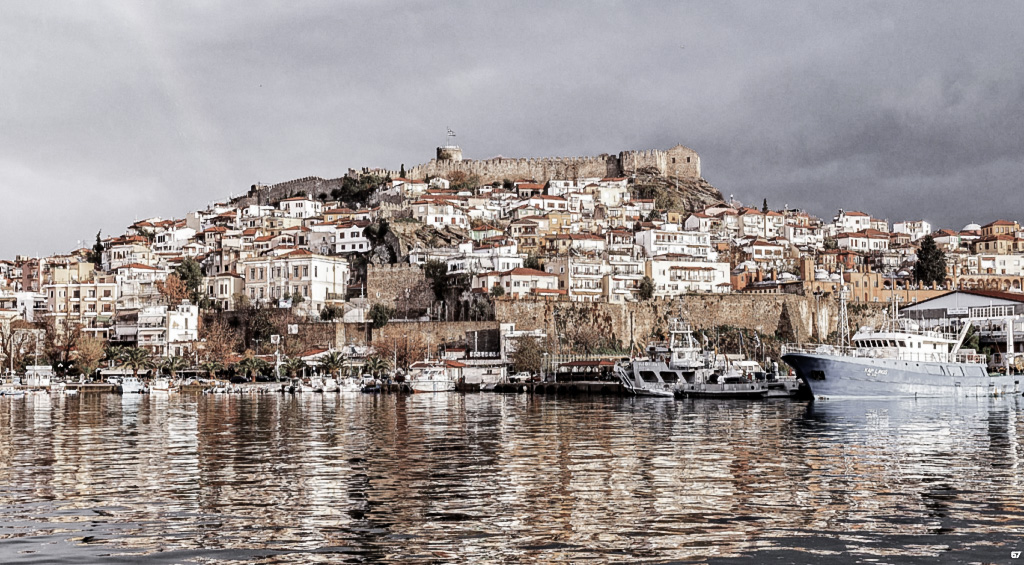
Kavala Castle, also known as the Castle of Kavala or the Fortress of Kavala, is a historical castle located in the city of Kavala in northern Greece. Built during the Byzantine period around the 5th century AD, the castle has played a strategic role in the region’s history. Visiting it can provide insights into the city’s fascinating past.
The castle’s architecture blends Byzantine, Ottoman, and Venetian styles with impressive fortifications, towers, and walls. The castle sits on a hill that overlooks the city, so the towers offer amazing views of the landscape and seascape.
The castle’s interior features a mosque, a bathhouse, and a cistern, among other structures. Because of its beauty, Kavala Castle is a popular cultural attraction often used for cultural events and exhibitions, such as concerts and art shows. In addition, movie and television producers often use the castle as a filming location.
The castle is easily accessible from the city center, and visitors can reach it on foot or by car. A parking lot is nearby, making it easy to visit the castle even if you have limited mobility. Kavala Castle is a must-visit attraction in northern Greece, with a rich history, stunning views, and impressive architecture.
7 || Mystras | Laconia
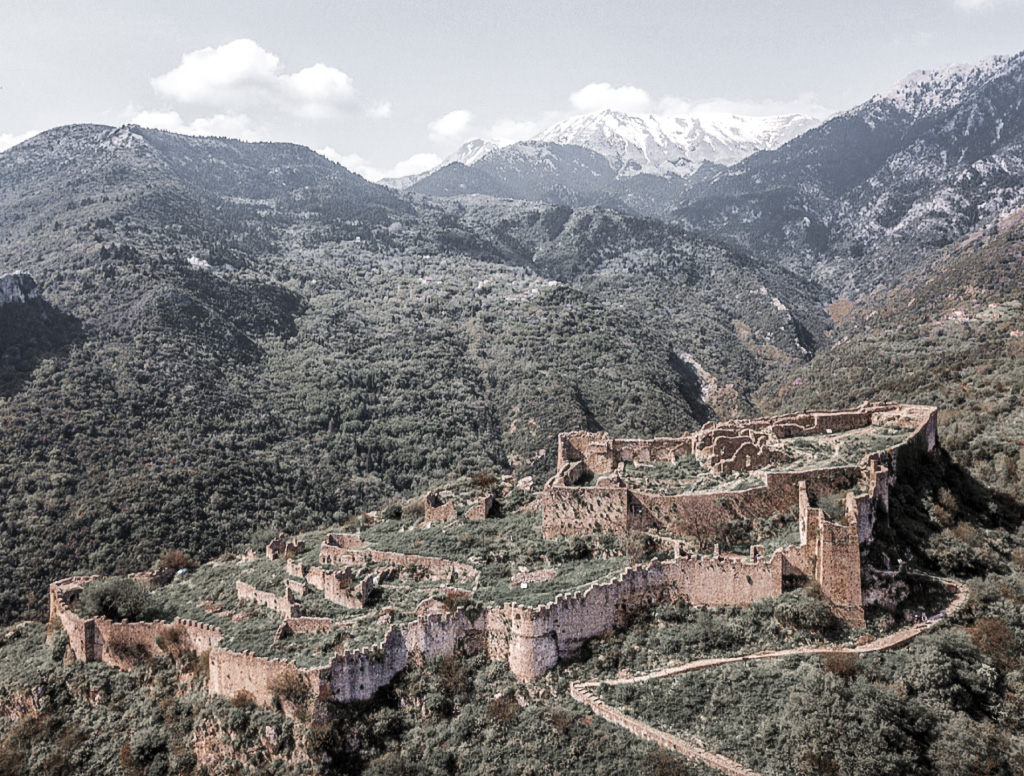
After the Fourth Crusade, the Franks built this castle in the 13th century. Mystras is a fortified town located in the Peloponnese region of Greece, near Sparta. In the early 14th century, the castle was expanded and transformed into a fortified city with palaces, churches, and other buildings.
In 1262, the Byzantine Empire regained control of Mystras from the Franks, and the town became a significant center of Byzantine culture and art. The Byzantine rulers of Mystras built new palaces, churches, and monasteries, including the famous Church of Saint Demetrios, which is renowned for its beautiful frescoes and mosaics. Mystras also became a center of education and scholarship, with a famous university that attracted students from across the Byzantine Empire.
Then in 1460, the Ottomans conquered Mystras and the rest of the Peloponnese, and the town’s fortunes began to decline. Many of the buildings were damaged or destroyed, and the population dwindled. However, Mystras remained an important cultural and religious center, with several monasteries and churches still operating.
During the Greek War of Independence, Mystras played a vital role in the conflict, serving as a stronghold for the Greek fighters. In the 19th and early 20th centuries, the town was gradually restored and became an important tourist attraction known for its beautiful Byzantine art and architecture. Today, Mystras is a UNESCO World Heritage Site and a popular destination for visitors interested in Greek history and culture.
8 || Pythagoria Castle | Samos Island
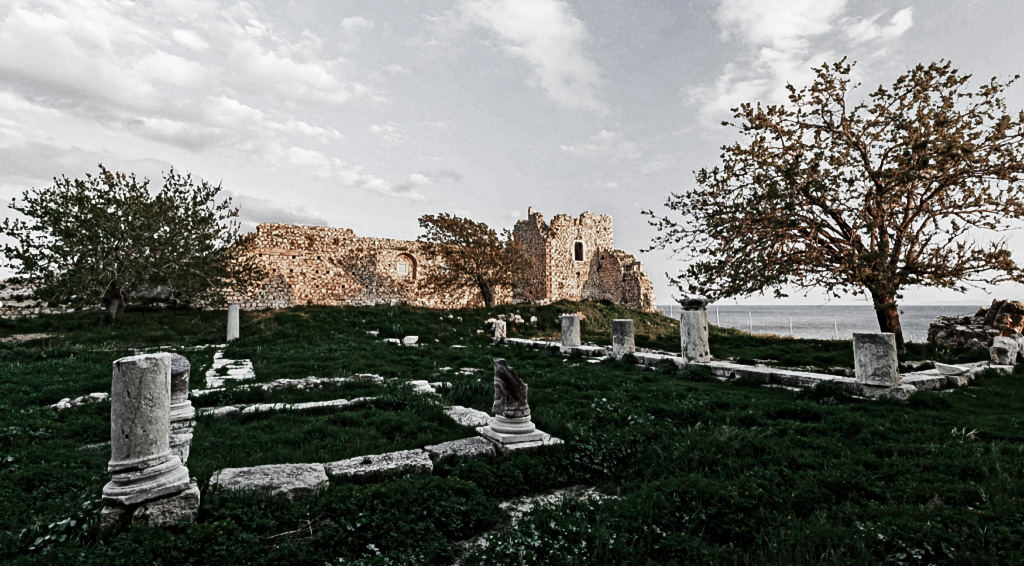
Pythagoria Castle, also known as the Castle of Lykourgos Logothetis, is a Byzantine fortress in Pythagorio on the island of Samos in Greece. The castle was built in the 6th century and was a defensive stronghold against pirate attacks and other invasions.
The castle’s architecture and design are impressive, particularly the Byzantine and Ottoman features seen in the castle walls, towers, and gates. In addition, you can see the distinctive features of Byzantine and Ottoman fortifications, such as the use of square towers and the integration of a mosque within the castle walls.
Pythagoria Castle has a rich and fascinating history that reflects the many different influences that have shaped the island of Samos over time. Visiting the castle can give you a sense of the region’s cultural heritage and the many other historical periods that have left their mark on the island.
9 || Spinalonga | Lasithi
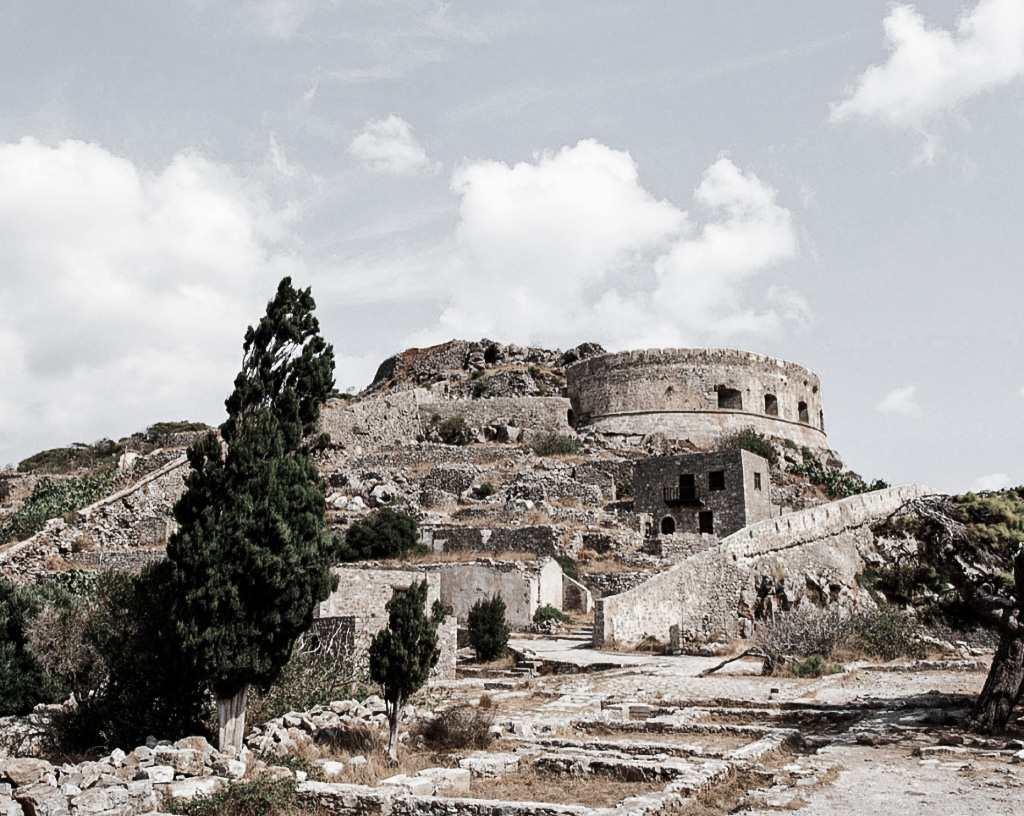
This castle once served as a leprosy colony. The Spinalonga castle was a Venetian fortress located on the island of Spinalonga in the Gulf of Elounda, in the northeastern region of Crete, Greece. The castle was built in the 16th century as part of a system of fortifications designed to protect the island from Ottoman attacks.
In ancient times, Spinalonga was a natural harbor and a strategic military outpost. It was later fortified by the Venetians in the 16th century, who built a fortress on the island to protect their trading routes and defend against pirate attacks. The castle is characterized by its imposing walls, towers, and gates, reflecting Venetian fortifications’ distinctive architectural style. Built on a rocky outcrop that overlooks the sea, the castle provides commanding views of the surrounding landscape. The castle has impressive defenses, including thick walls, narrow passages, and strategically placed towers that allow defenders to fire on attackers from multiple angles.
Strengthened in the 17th century, Spinalonga played an essential role in the Venetian defense of Crete against Ottoman attacks. However, after the fall of the Venetian Republic in the late 18th century, Spinalonga came under Ottoman control, and the Ottomans made it a military outpost and a place of exile for political prisoners. In 1903, the island became a leper colony and remained a quarantine site for people with leprosy until 1957.
Today, the Spinalonga Castle is a popular tourist attraction and a UNESCO World Heritage site. Visitors can explore the castle’s impressive architecture and learn more about its history and cultural significance through guided tours, exhibits, and other educational programs. The castle’s location on the island of Spinalonga also offers stunning views of the sea and the surrounding landscape, making it a popular destination for sightseeing and photography.
10 || The White Tower | Thessaloniki
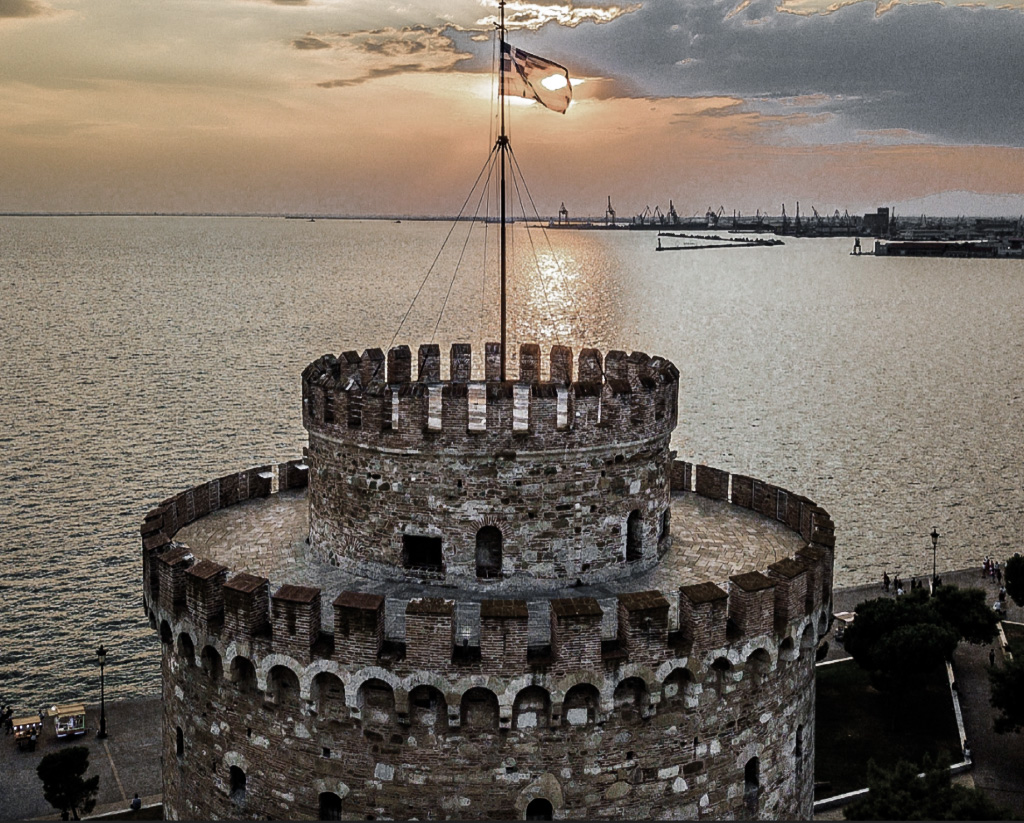
Built in the 15th century, the White Tower serves as the city’s fortifications. During the Ottoman period, the tower served as a prison and execution site, and since then has been a military outpost, a museum, and a tourist attraction. As a result, the White Tower has become a symbol of the city of Thessaloniki, and postcards, souvenirs, and even the city’s coat of arms feature the castle.
The tower’s cylindrical shape and white color make it stand out from the surrounding buildings. It is made of stone and has a conical roof with a flagpole at the top. Visitors can climb to the top of the tower for a stunning panoramic view of the city and the surrounding area. In addition, the observation deck offers a 360-degree view of Thessaloniki, the Gulf of Thermaikos, and Mount Olympus in the distance.
Now a museum, the White Tower features exhibits on the history and culture of Thessaloniki and hosts concerts, art exhibitions, and theatre performances throughout the year.
Don’t miss out on this incredible opportunity to immerse yourself in Greece’s fascinating history and architecture. Plan your visit to the Greek castles today, and let their grandeur and majesty transport you to another time and place. Whether you’re an architecture enthusiast, a history buff, or simply a traveler seeking adventure, the Greek castles are sure to leave you awestruck and inspired. Let us book your trip to Greece today and discover the magic of its magnificent castles!

